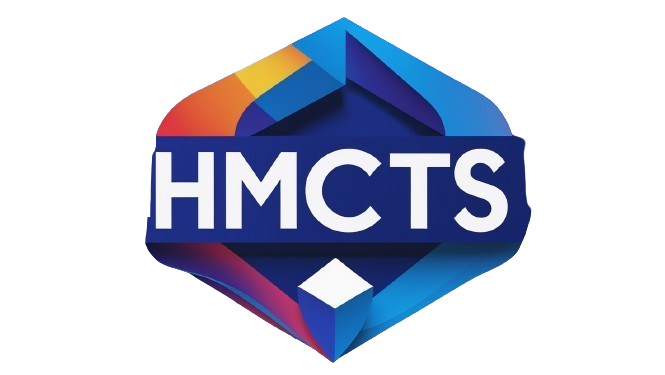📱🎥 From Zero to YouTuber — No Fancy Gear Required!
Dreaming of becoming a YouTuber but don’t have a DSLR, lighting setup, or editing studio? Don’t worry—you don’t need expensive equipment to start. In fact, your smartphone is all you need to launch a successful YouTube channel in 2025.
This guide breaks down everything you need to get started—from planning and shooting to editing and uploading—all using just your phone.
—
📌 Step 1: Define Your Channel Purpose
Before hitting record, ask yourself:
- What will your channel focus on? (e.g., tech reviews, vlogs, tutorials, lifestyle)
- Who is your target audience?
- What problem are you solving—or what value are you offering?
Pro Tip: Start with a niche you’re passionate about. Consistency and enthusiasm matter more than perfection.
—
📱 Step 2: Use the Right Smartphone Settings
Most modern smartphones (even mid-range ones) have great cameras. Here’s how to get the best out of yours:
- Set resolution to at least 1080p (4K if available)
- Use 30fps or 60fps for smoother video
- Clean your lens before recording
- Record in landscape mode unless vertical is needed (e.g., YouTube Shorts)
Optional: Use a tripod or stack books to keep your phone steady.
—
🔈 Step 3: Capture Clear Audio
Bad audio can ruin good visuals. Improve sound quality by:
- Using wired or wireless earbuds with a built-in mic
- Recording in a quiet room (close windows, turn off fans)
- Speaking clearly and close to the mic
Optional: External mobile mics like Boya BY-M1 or Rode SmartLav+ are affordable upgrades.
—
🎬 Step 4: Plan and Record Your Video
Write down what you want to say or use a simple script. You can also:
- Use bullet points if you prefer natural talking
- Practice your intro and hook to grab attention fast
- Shoot in natural daylight or near a bright window
Keep your background clean and your phone camera at eye level for the best look.
—
✂️ Step 5: Edit Like a Pro (Right on Your Phone)
You don’t need a laptop to edit. Here are top mobile editing apps:
- CapCut: Free, powerful, with templates and effects
- InShot: Easy to trim, crop, and add music/text
- VN Editor: Professional tools, no watermark
- Kinemaster: Great for voice-overs, transitions, and overlays
What to edit:
- Trim out mistakes or long pauses
- Add text, captions, and emojis for flair
- Include background music (YouTube Audio Library is free)
- Add your channel logo or watermark
—
🖼️ Step 6: Create Eye-Catching Thumbnails
Thumbnails matter more than you think—they make people click!
Free apps for thumbnails:
- Canva (use YouTube thumbnail templates)
- Pixellab (for text overlays)
- Adobe Express
Use bright colors, bold text, and your face when possible. Keep it clear and simple.
—
📤 Step 7: Upload and Optimize Your Video
Use the YouTube app or browser:
- Add a clear and catchy title
- Write a short description with keywords
- Add relevant tags (what users might search for)
- Use appropriate hashtags (#howto #techreview etc.)
- Choose or upload your thumbnail
- Set your video to public, unlisted, or private
Optional: Use YouTube Studio to monitor performance.
—
📈 Step 8: Be Consistent & Learn
- Upload consistently (weekly, bi-weekly, or whatever works for you)
- Watch YouTube Analytics to see what works
- Learn from comments and improve with each video
Bonus Tip: Promote your videos on Instagram, TikTok, or Facebook to drive more views.
—
🚀 Pro Starter Kit (All Budget-Friendly):
- Smartphone with a good camera (iPhone SE, Samsung A-series, Pixel, etc.)
- Tripod with phone holder
- Clip-on mic or earbuds
- Free editing and thumbnail apps
—
🎉 Final Thoughts
You don’t need a Hollywood setup to become a YouTuber. All you need is a smartphone, a clear message, and the courage to hit “record.” Every successful YouTuber started somewhere—your journey begins now.
So go ahead, take that first shot, post your first video, and let the world hear your voice!
—
Have questions or want a video script template for your first upload? Drop a comment or message—we’ve got your back.
Ready to create? Hit record today! 📱🎬🔥


